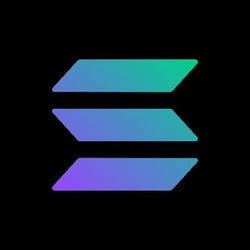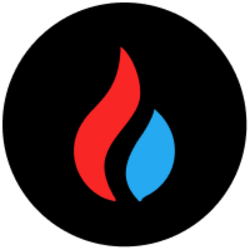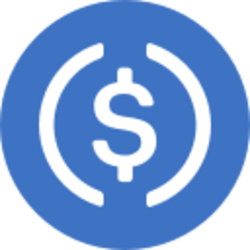An accident that involved a Cybertruck Tesla in autonomous driving mode this week has generated concerns about the reliability of the company’s software that drives this function, a few days after the CEO Elon Musk announced that it would launch a paid robotaxi service this anus.
The truck, the most recent model of the Tesla line, failed to get out of a lane that was finishing, hit the sidewalk and crashed into a post in the city of Reno, Nevada, while using the Full Self-Driving function ( FSD), which still requires a human to remain behind the wheel with vehicle control.
“Do not make the same mistake as me. Pay attention. It is easy to become complacent now, but they don’t, ”said driver Jonathan Challinger on social platform X, labeling Musk. “They spread my message and help save others from the same situation or something much worse.”
The driver reported that there were unknown mechanical problems that caused the vehicle to leave the lane and hit the post, according to a police report seen by Reuters.
Lee: Elon Musk denies possible 400 MDD agreement with the US government to buy Tesla Cybertrucks: this is what you should know
Tesla has faced criticism and research for years on the safety of its advanced assistance software for drivers, after several accidents, including some fatal ones.
However, Musk said at the end of last month that skeptical people about technology should try it now, promoting the “immense improvement” in the security of their latest version, called version 13.
The recent Cybertruck accident, which has gone viral on social networks, is a warning sign on the security of technology and the preparation of Tesla to eliminate the need for the driver, according to experts in autonomous vehicle technology.
“The competition is based on a technology that is not ready for its implementation,” said Fallah, a professor of safe and autonomy at the University of Surrey.
“The end of lanes, traffic mergers and sudden changes in the disposal of roads remain problematic for AI -driven systems, which lack the cognitive adaptability of human conductors,” he added.
Tesla did not respond to a request for comments on the accident.
Musk said that Tesla will begin to test an autonomous payment service in June in Austin, Texas, a state with almost no regulation for autonomous vehicles, followed by California and other US regions before the end of the year.
The success of the deployment of the robotaxis is crucial for Tesla, since it faces a slowdown in the demand for its aging line of electric vehicles, while investors strongly bet on Musk’s turn towards robotics and AI for future growth.
Unlike other car manufacturers, which use redundant technologies for greater security, the Tesla approach is based solely on cameras, which makes it cheaper but also more risky in challenging visibility conditions, such as heavy rains, snow or fog, According to experts.
Lee: Tesla Robotaxis for June? Musk resorts to Texas for a regulation without interventions
The accident shows that there are problems with FSD’s night detection capabilities, data cartography and its approach based only on vision, said researcher Troy Teslike, who closely follows the sales and technologies of Tesla, in X.
“FSD still does not seem to be ready to operate without a driver,” he concluded.
With Reuters information
Do you like to inform yourself for Google News? Follow our showcase to have the best stories











































